13 Serious Problems That Hives Could Indicate
Urticaria, or hives, is a frequent symptom experienced by people with allergies to various foods or medication and viral diseases. It is also one of the most common skin conditions seen by allergists. The reason it is so complex because of the number of different causes, making it difficult to pinpoint the root of the problem.
Typically, hives are not life-threatening, but the condition is unpleasant and the symptoms, such as itchy, red welts, are uncomfortable. However, hives can also be the underlying symptom of more severe autoimmune illnesses and conditions.
Cancer

Occasionally, hives can be an indicator of certain types of cancer. It is important to note there are many causes of hives and it has been suggested that the condition could be connected to gastrointestinal issues and lung cancer, as well as lymphoma. Tests are performed on anyone displaying signs of cancer precursors such as weight loss, pain, and lymphadenopathy coupled with a hives outbreak. Hives are such a widespread condition, but because the link with cancer has been made, doctors should investigate a patient’s history.
Thyroid Disease
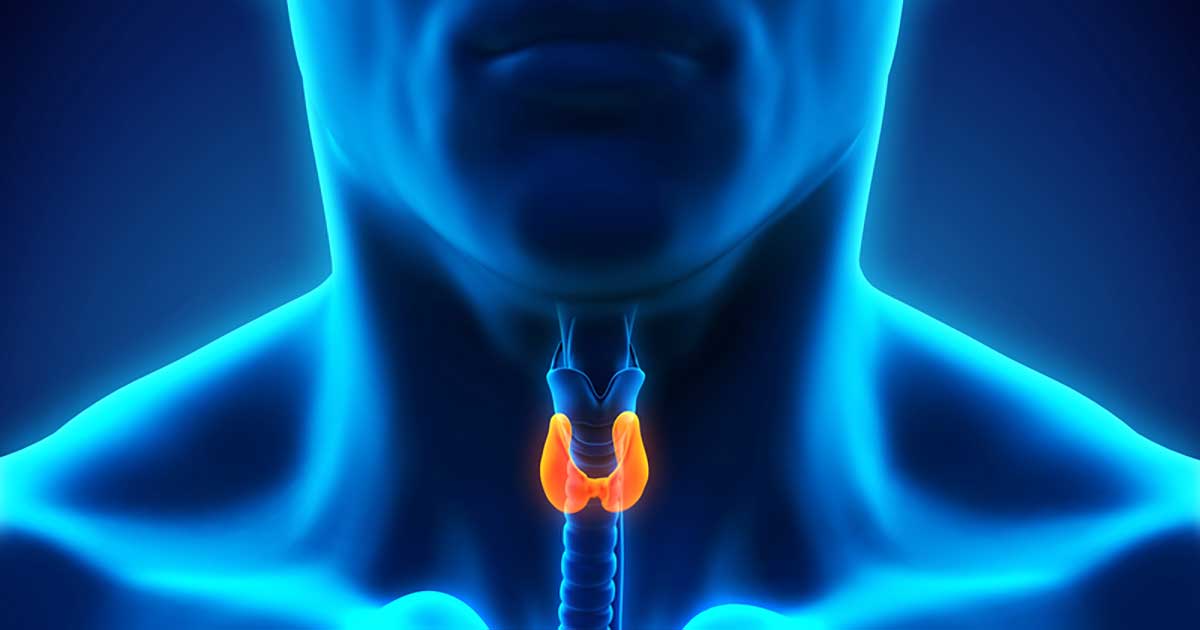
Studies have indicated a range of between ten to fifty percent of people with chronic hives have Hashimoto’s disease, a form of hypothyroidism. The immune system is attacked in both conditions, and the symptoms of hives are more extreme when Hashimoto's is present. Those with Hashimoto’s disease are subjected to other ailments, including fatigue, depression, constipation, weight gain, hair loss, sensitivity to cold, dry skin, muscle weakness, and joint stiffness. This combination is seen more in women than men.
Lupus

Although rare, hives can show up in people with lupus. Usually, redness of the skin is limited to a butterfly-shaped rash on the cheeks and nose. This type of rash affects about fifty percent of people with lupus and can show up at random, just prior to a flare-up, or after direct exposure to the sun. The other skin issue similar to hives experienced alongside lupus is lesions, but the difference is they are not itchy like hives.
Rheumatoid Arthritis
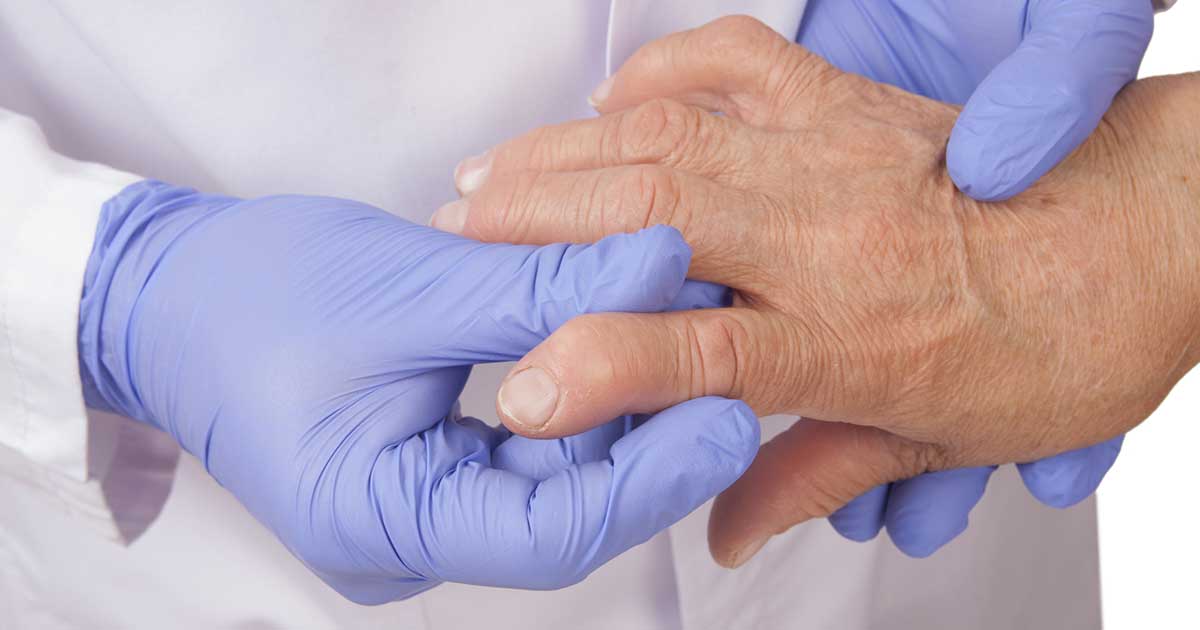
Arthritis is typically associated with joint pain and inflammation. That is the case with Rheumatoid arthritis, which also sees symptoms including hives and other skin conditions. In only about one percent of people with RA, a rash called rheumatoid vasculitis develops. The rash flares up because of the inflammation of blood vessels associated with rheumatoid arthritis and can be accompanied by fever, loss of appetite, weight loss, and fatigue.
Sjogren’s Syndrome
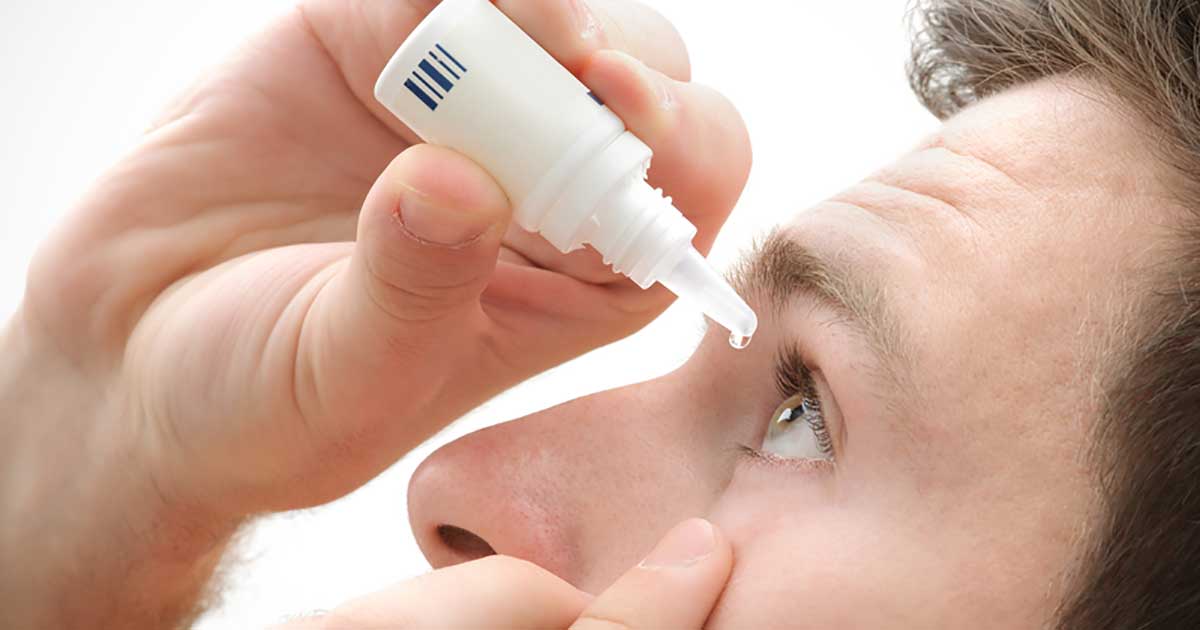
Sjogren’s syndrome is most known to affect the glands of the eyes and mouth and their ability to produce tears and saliva, respectively. When the skin is affected, symptoms can appear in different forms, one of which is dry, itchy skin. More seriously is when it develops into vasculitis. Skin lesions appear as spots and can take the form of lumps, blisters, or ulcers. In some rare cases, vasculitis can harm internal organs, nerves, and joints.
Celiac Disease

People with celiac disease are unable to digest gluten, which is a protein found in wheat, rye, and barley and present in many common foods. This autoimmune disease is characterized by a variety of symptoms, particularly gastrointestinal, but also including hives. People with celiac disease are required to avoid all products containing gluten for proper management and to avoid the uncomfortable, and sometimes debilitating, result of their consumption. An allergist can make a diagnosis with a blood test.
Type 1 Diabetes
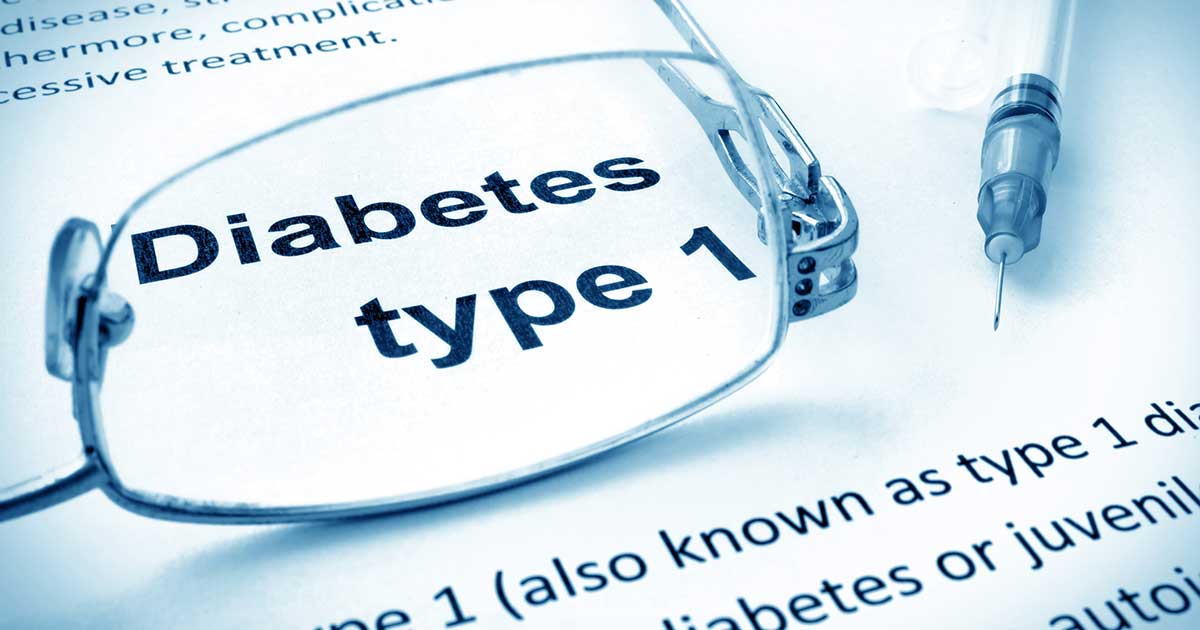
Type 1 diabetes can present many different skin conditions, one of which is hives. Some of these conditions are unique to people with Type 1 diabetes, and others can be picked up by anyone, so it does not necessarily mean you have the disease if you suffer any of the following. Some of the warning signs of diabetes include developing bacterial infections, fungal infections, diabetic dermopathy, blisters, and eruptive xanthomatosis, among others.
Raynaud’s Syndrome

People with Raynaud's syndrome are affected by the cold, particularly with pain and numbing of the fingers and toes. A chronic skin condition - called cold urticarial - can present itself in those suffering from Raynaud's and its symptoms includes hives. After exposure to cold temperatures, the skin will typically turn red, accompanied by itchy welts. There are different variations, with onset ranging from thirty minutes to several hours after exposure and can be accompanied by other symptoms.
Vitiligo
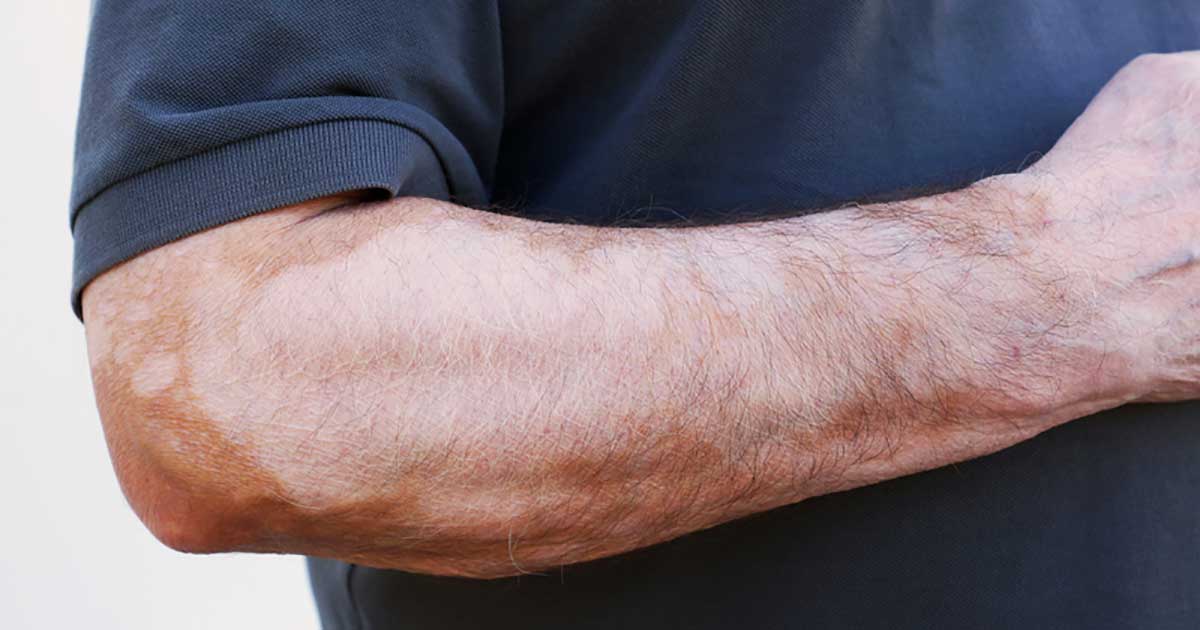
Vitiligo is a skin disease resulting in loss of color in patches and is caused when melanin-producing cells in the hair, skin, and eyes, die off. Doctors think one of the causes may be related to an attack by the immune system on the skin’s melanocytes. As a result, these blotches can occur either localized or all over the body. Hives occur when the immune system tries to attack what it thinks is an allergen so the itchy, red condition can show up in people with vitiligo.
Pernicious Anemia
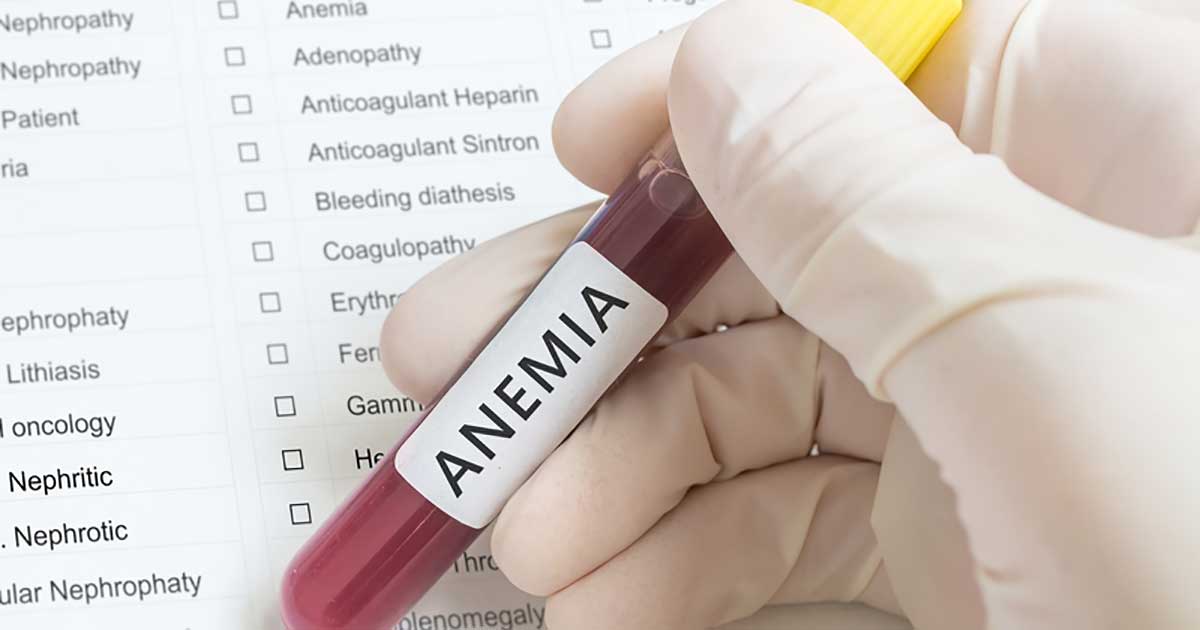
Pernicious anemia occurs mainly due to a vitamin B12 deficiency. The body lacks the ability to produce enough red blood cells for optimal health. Studies have shown a connection between autoimmunity in chronic hives and a lack of vitamin B12. In 2004, one such study indicated thirty-three percent of patients with chronic hives had a B12 deficiency and along with autoimmune urticaria (hives), were affected by autoimmune thyroiditis. It is not the main symptom of Pernicious anemia.
Mental Distress

Hives can indicate a chemical imbalance in the body which causes mental distress and impaired cognitive functioning in some. Confusion or disorientation can mean that a bacterial infection is worsening inside the body and more resources are used to fight off the disease. The lack of oxygen and blood to the brain can cause short-term memory loss and hives can exacerbate this situation significantly. Stressful conditions have been known to cause a rapid breakout in hives for a proportion of sufferers, but each is different, and not everyone will experience this type of symptom. Solutions to hives are highly individualized and are related to various lifestyle factors such as exercise, stress, and work. A mental disturbance in the body is usually a sign of internal distress or infection.
Bacterial Infections In The Body

Bacterial infections in the body can also produce hives and hive-like symptoms in many individuals. Two of the most common bacterial infections that can present hives are strep throat as urinary tract infections (UTI). Influenza and the common cold are both well-known culprits of producing hives, or the appearance of hives, and these ailments are usually cured with bed-rest and hydration. Also, glandular fever can also cause the skin to break out, causing blisters or bumps in one, or several, areas. Hepatitis B - an infectious disease - will also cause these symptoms on the skin. Even tooth decay and dental health can play a role in these signs developing on the body. Many infectious diseases can cause the body to exhibit these types of symptoms of distress.
An Adverse Reaction To Exercise And Environment

Although a daily dose of thirty minutes of exercise is highly recommended, it may also be causing an individual to break out in hives. The body produces a chemical that can inhibit cell breakdown as cause rashes, known as acetylcholine, during exercise as a natural bodily response. Sweating is also known to cause a breakout of hives in those who are already prone to the condition. The sweat itself is not causing the hives, but the excess warmth of the skin can irritate the area concerned. Managing the inhabited environment, exercise, and what is consumed is paramount if hives are affecting an individual on a regular basis. There are also many environmental occurrences that can cause hives to break out such as excess heat, powerful winds, bug bites, and some plants are known to cause a breakout. If environmental concerns are worrisome, talk to a health professional about taking an antihistamine to reduce skin irritability.
A Major Dietary Change May Be Needed

Food and drink are well-known causes of hives, and if an individual is suffering from them on a regular basis, there may be a severe problem with their diet. For many, food-related hives symptoms can sometimes take hours to develop, appearing long after the food that caused the breakout was consumed. A food diary is a standard way to determine and eliminate the culprit. If the food is an important one, talk to a dietary specialist about a supplemental replacement. Some who get hives from food are equipped with an EpiPen which narrows blood vessels and opens airways in the lungs. Many with food-related allergies that cause hives will already have an explicit knowledge of what causes the breakouts, but some individuals will need to discover their specific triggering foods.
Skin Conditions Often Mistaken For Hives
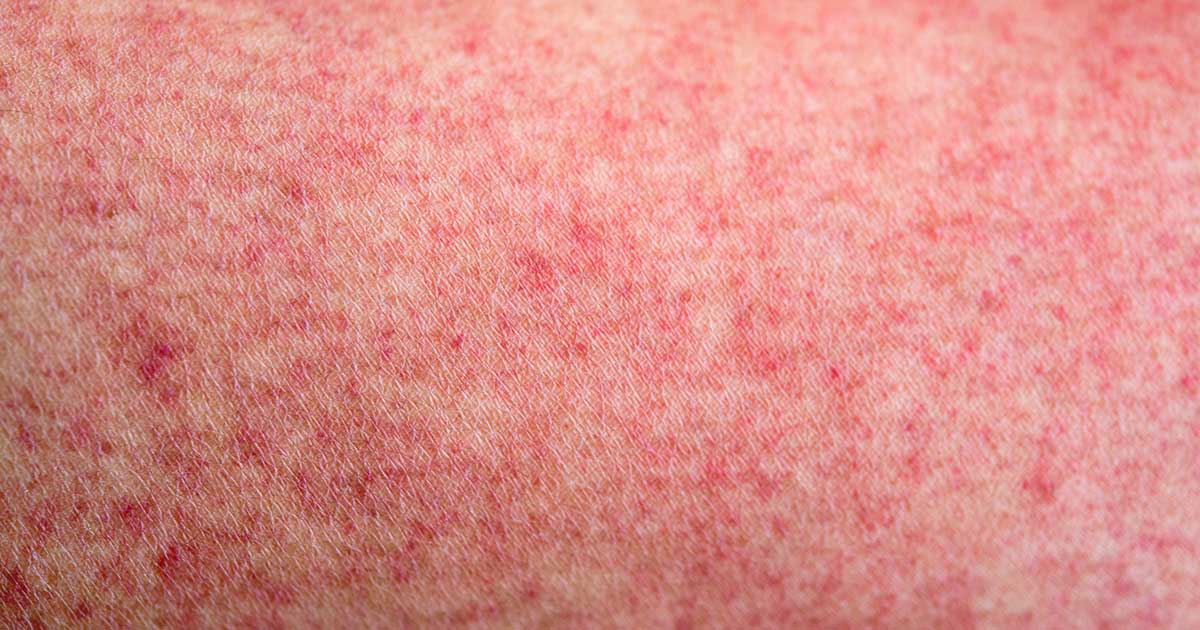
Various skin conditions are often mistaken for hives, which means that the appearance of hive-like symptoms may not equal that an individual has hives but rather another problem. Heat rash is commonly mistaken for hives because the skin becomes hot, aggravated, and itchy. Blisters and bumps caused by heat rash can become painful, but the condition can be alleviated by cooling the skin and reducing sweat. Contact dermatitis is a reasonably common ailment that causes the skin to develop a rash once an irritant has come in contact with an area of the body. Contact dermatitis feels more like a stinging or burning rather than the itching sensation associated with hives. The main characteristic that distinguishes hives from other skin conditions is the red bumps and blisters are itchy, inflamed, and filled with fluid. Hives or hive-like symptoms should be checked out by a doctor to determine the source and whether or not the skin reaction was caused by hives.
